The RCAF, otherwise known as the Royal Chicano Air Force, was founded at Sacramento State in 1970, by Jose Montoya, Ricard Favela, Rudy Cuellar, Juan Orosco, and Esteban Villa. The acronym, RCAF, originally stood for was ‘Rebel Chicano Art Front,’ but they were often confused for the Royal Canadian Air Force; Instead of completely changing their name, they leaned into the humor of the confusion and took on the name Royal Chicano Air Force.1 What they did not change was their ambition to create an artistic collective that gave artists the opportunity to express the ambitions of Chicano civil rights and the United Farm Workers movement. Villa and Montoya were hired as professors in the art department by CSUS during the height of the Chicano movement when colleges were being pressured to diversify their faculty. Favela, who had previously gotten his master’s at Sac State, was hired as a full-time Barrio art professor after Montoya retired. These positions granted them the ability and creative freedom to create many programs that benefit and create a relationship between the university and the community.
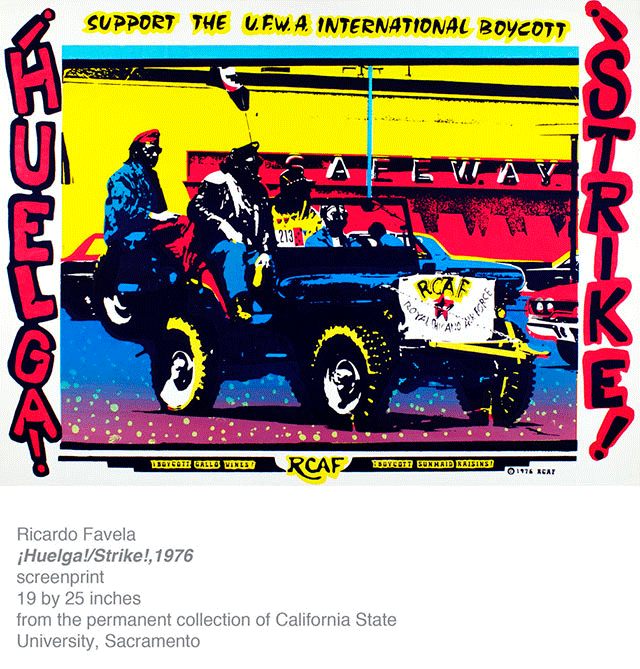
The RCAF is often recognized for its posters advocating Chicano civil rights and justice for farmworkers. Their works promoted support for political campaigning, boycotts, and the United Farm Workers. Some of the most famous of these posters include Ricardo Favela’s Huelga! Strike! And Louis
González’ Yes on 14.
Ricardo Favela’s Huelga! Strike!, is an image of RCAF members, Montoya, Cuellar, Villa, and Favela riding in a military jeep in front of a Safeway store.2 The members drove around the parking lot wearing military uniforms and displaying posters in hopes to gain supporters of the UFW (United Farm Workers) and Delano grape strike and boycotts. The bold lettering across the poster states “Huelga, support the U.F.W.A. International Boycott, Strike, Boycott Gallo wines, Boycott Sunmaid raisins.”
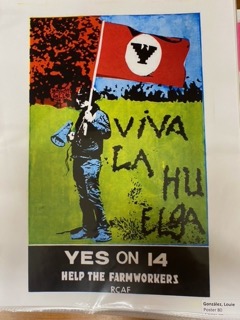
“Huelga” was used as the rallying cry of the farmworkers, meaning “Strike” and was a common theme within works of art created by the RCAF. In Gonzalez’s poster, he depicts a man holding a megaphone, likely used to call out and bring attention to the injustices and gain supporters for the movement, in one hand, and a large Huelga Flag, the flag of the UFW union, in the other. The words “Viva La Huelga are written in a way that appears as if they were spray painted onto the grass, referring to the RCAF’s support for graffiti art as a way to promote awareness.
The RCAF may be most well known for its poster art and murals that were used to spread Chicano awareness and advance social justice, but what is often overlooked is their passion to promote the arts and artists on campus and their dedication to using their platforms to help benefit the community.

The organization often held benefit and fundraising events including art shows, dances, annual bbq fundraisers, and holiday art sales to raise money for a variety of programs, prop 14, and charities.3
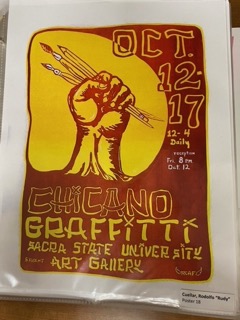
While advocating for civil rights, the RCAF remained faithful and dedicated to the Sacramento State art department and used their creative skills to create posters and fliers to help promote on-campus art exhibitions and student art shows, including the Chicano Graffiti exhibition.
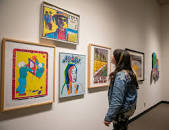
The RCAF and their contributions to the Sac States art department, the Chicano community, and the UFW is not just a thing of the past that has been pushed aside and forgotten. The organization is not only still celebrated and showcased today, but they have become a vital part of Chicano history and art history as a whole. Their posters and murals are used as tools to help students learn and understand these artistic movements and important parts of local history. Most recently, pieces of RCAF art were put on display as part of the Recycle of Time exhibition in the Library Gallery at Sacramento State, an exhibition in which deceased artists, who were also Sac State faculty, were honored and their works displayed for friends, family, and the community to remember these incredible people.
Notes
1 Dr. Ella Maria Diaz, “Royal Chicano Air Force (RCAF),” in Smarthistory, January 29, 2019, accessed April 21, 2023, https://smarthistory.org/rcaf/.
2 Ricardo Favela, !Huelga!/Strike!., Screenprint, 19×25 in, Royal Chicano Air Force Poster Collection, Department of Special Collections and University Archives, University Library, California State University, Sacramento. https://oac.cdlib.org/findaid/ark:/13030/c87h1kxc/admin/?query=statue#ref29
3Royal Chicano Air Force Poster Collection, Department of Special Collections and University Archives, University Library, California State University, Sacramento.
Bibliography
Diaz, Ella Maria. Flying Under the Radar with the Royal Chicano Air Force : Mapping a
Chicano/a Art History / Ella Maria Diaz. First edition. Austin: University of Texas Press,
2017.
Dr. Ella Maria Diaz, “Royal Chicano Air Force (RCAF),” in Smarthistory, January 29, 2019, accessed April 21, 2023, https://smarthistory.org/rcaf/.
Online Archive of California. “Guide to the Royal Chicano Air Force poster collection.” Accessed April 1, 2023. https://oac.cdlib.org/findaid/ark:/13030/c87h1kxc/admin/?query=statue#ref29
Royal Chicano Air Force Poster Collection, Department of Special Collections and
University Archives, University Library, California State University, Sacramento.
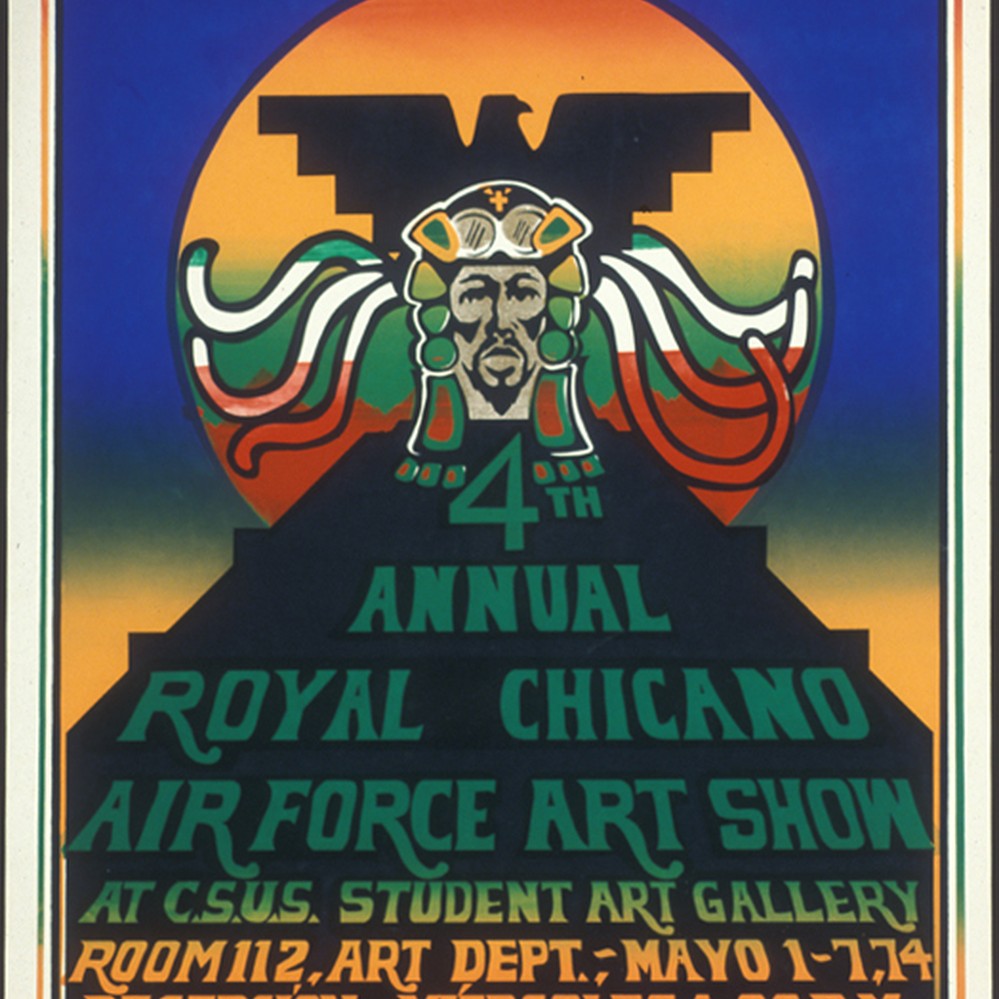
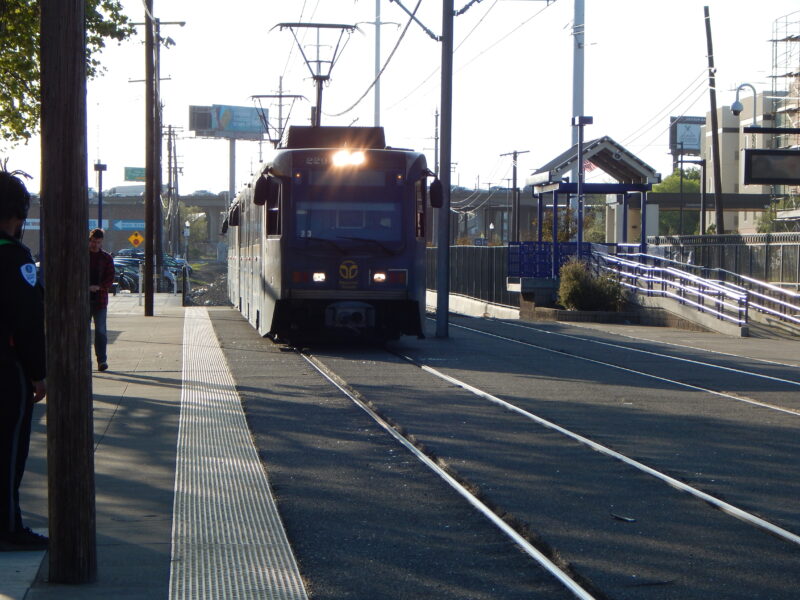
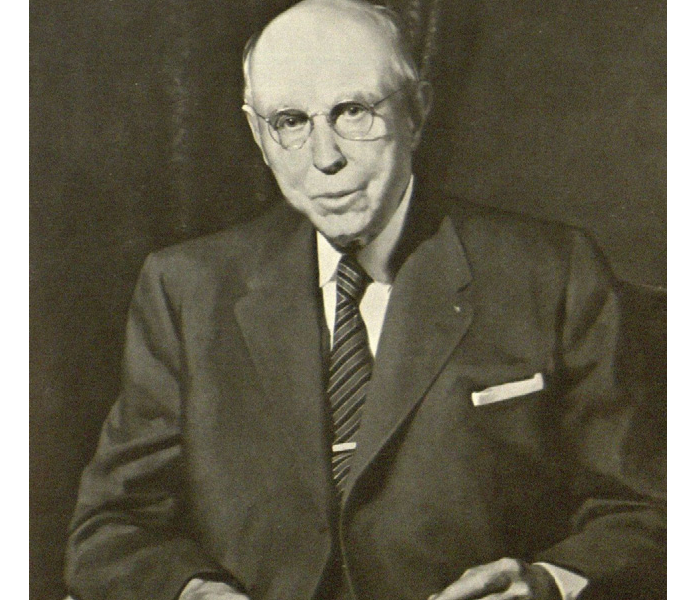
I enjoyed reading about the Royal Chicano Airforce and everything that they helped in. As a Chicana myself, I love reading about the Chicano rights movement and do not hear about it quite as much. I also thought it was incredible that the RCAF is often recognized for it’s posters advocating for farm workers and their work promoted support for political campaigning, boycotts, and the united farm workers.